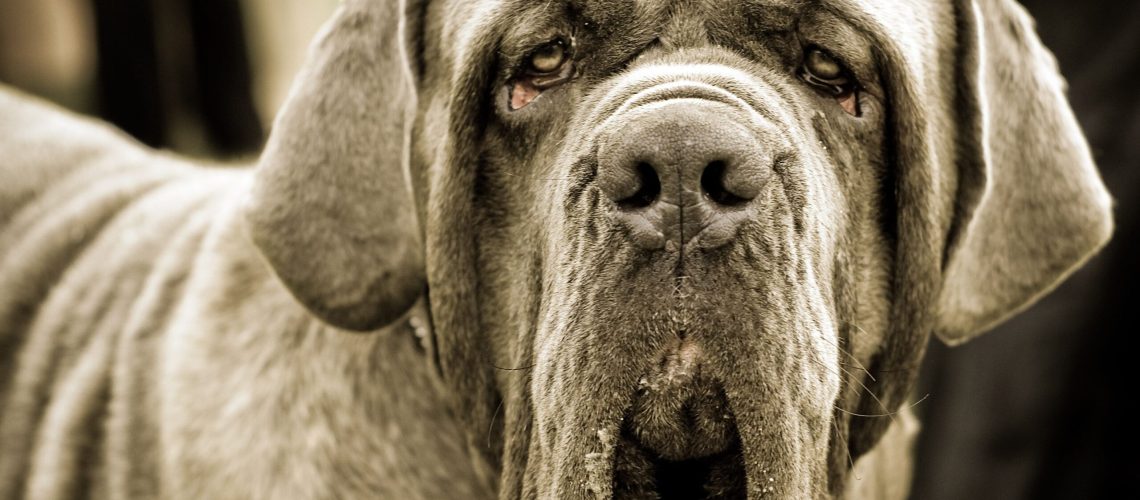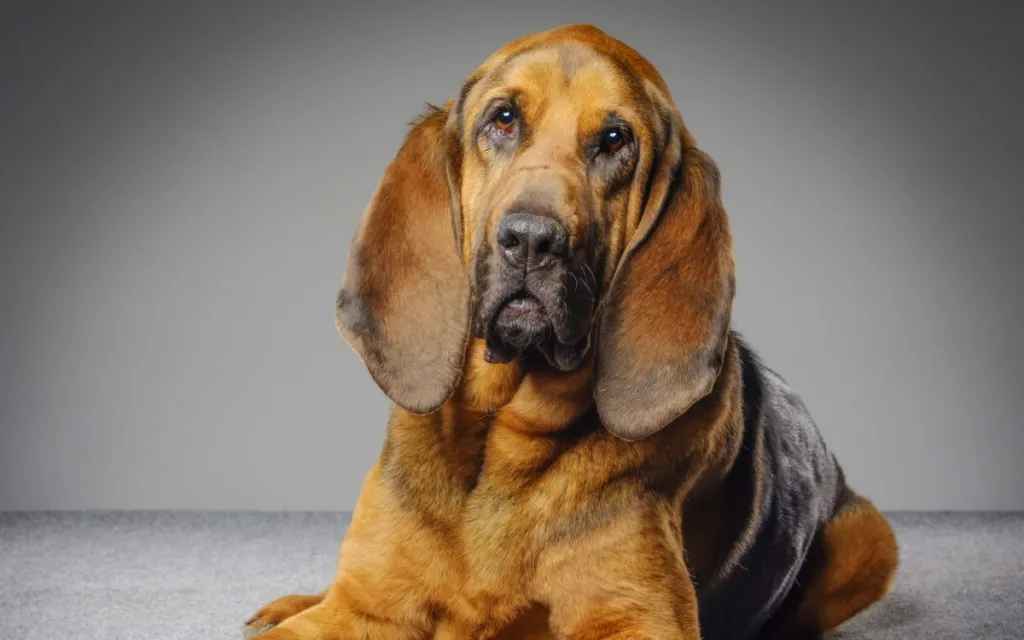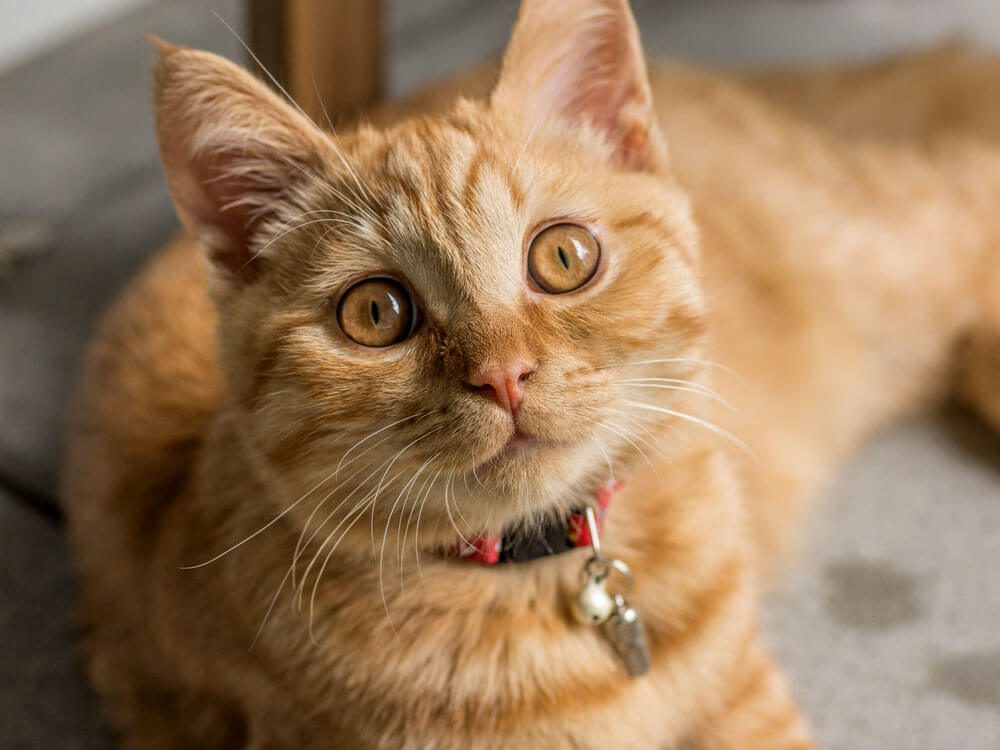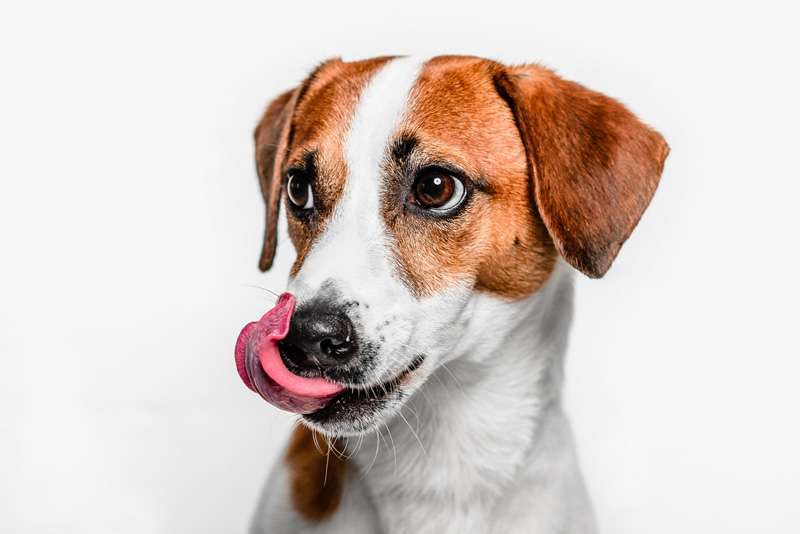Key Takeaways:
-
1. Certain dog breeds are more prone to excessive drooling than others.
2. Drooling can be caused by various factors such as genetics, mouth structure, and size of the dog's jowls.
3. Excessive drooling can be messy and inconvenient for owners, requiring regular cleaning and maintenance.
4. Breeds like Saint Bernards and Bloodhounds are known to be heavy droolers due to their loose lips and large jowls.
5. It is important for potential dog owners to consider the drooling tendencies of different breeds before making a decision.
Are you a dog lover who can't resist those adorable, slobbery kisses? If so, you're in for a treat! Today, we're going to dive into the world of dog breeds that drool the most. Now, you might be wondering why understanding this topic is essential. Well, imagine bringing home a new furry friend only to find yourself constantly wiping up puddles of drool. By exploring which breeds are notorious for their excessive drooling, you can make an informed decision when choosing your next four-legged companion. From gentle giants like the Saint Bernard to playful pups like the Bullmastiff, we'll uncover fascinating facts and surprising statistics about these drool champions. So grab a towel and get ready to discover the top 10 dog breeds that will leave you reaching for the mop!
Top Dog Breeds That Drool a Lot
1. Saint Bernard
The Saint Bernard is a large and gentle dog breed known for its drooling tendencies. These lovable giants have loose jowls that allow saliva to pool and drip from their mouths. While their drooling may be messy, it's important to note that it is a natural characteristic of the breed.
If you're considering getting a Saint Bernard, be prepared to deal with their excessive drooling. Keeping a towel handy to wipe their mouth can help minimize the mess. Regular grooming, including cleaning the folds around their mouth, can also help manage the drooling.
2. Bloodhound
The Bloodhound is another dog breed notorious for its drooling habits. With their long ears and wrinkled skin, Bloodhounds are prone to excessive saliva production. They use their sense of smell extensively, which leads to increased salivation.
To cope with a Bloodhound's drooling, it's essential to keep their facial folds clean and dry to prevent any skin irritation or infection. Providing them with plenty of water and keeping them well-hydrated can also help reduce the thickness of their saliva.
Why Some Dogs Drool More Than Others: Explained
Dogs drool as a natural response to various stimuli or conditions. The amount of drooling varies from one dog breed to another due to several factors:
1. Breed Characteristics:
- Dogs with loose jowls or saggy lips tend to drool more because they cannot hold saliva in their mouths as effectively.
- Breeds bred for hunting or tracking purposes often have more active salivary glands, leading to increased drooling.
2. Emotional State:
Dogs may also drool more when they are anxious, excited, or anticipating food. These emotional triggers can stimulate saliva production and result in excessive drooling.
The Effects of Excessive Drooling on a Dog's Daily Life
Excessive drooling can have several effects on a dog's daily life:
1. Messiness:
Constant drooling can create a mess around the house, leaving wet spots on furniture, floors, and clothing. This can be inconvenient for both the dog and its owners.
2. Skin Irritation:
In breeds with facial folds or wrinkles, excessive drooling can lead to skin irritation and even infections if not properly managed. The constant moisture in these areas creates an ideal environment for bacteria or yeast to thrive.
3. Social Interactions:
Drooling excessively may make some dogs self-conscious or uncomfortable during social interactions with other dogs or people. They may avoid close contact or become anxious due to their messy appearance.
Potential Health Concerns Related to Excessive Dog Drooling
Oral Health Issues
Excessive dog drooling can be a sign of oral health problems. When dogs drool excessively, it may indicate gum disease, tooth decay, or mouth infections. These conditions can cause discomfort and pain for your furry friend. If left untreated, they can lead to more serious complications such as tooth loss or even systemic infections that can affect the overall health of your dog.
Dehydration
Another potential health concern related to excessive dog drooling is dehydration. Dogs rely on saliva to keep their mouths moist and aid in digestion. Excessive drooling can result in a significant loss of fluids, leading to dehydration if not properly managed. Dehydration can cause lethargy, dry nose and gums, sunken eyes, and decreased appetite. It is essential to monitor your dog's water intake and ensure they have access to fresh water at all times.
Tips for Managing Potential Health Concerns:
- Regularly inspect your dog's mouth for any signs of oral health issues such as red or swollen gums, tartar buildup, or loose teeth.
- Schedule regular dental check-ups with your veterinarian to maintain good oral hygiene for your dog.
- Provide your dog with plenty of fresh water throughout the day to prevent dehydration.
Managing and Reducing Dog Drooling: Helpful Tips
Excessive drooling in dogs can be bothersome for both the pet and their owners. However, there are several ways you can manage and reduce dog drooling:
Dietary Adjustments
Certain foods may trigger excessive drooling in dogs. Avoid feeding your furry friend spicy or greasy foods as they can stimulate saliva production. Opt for high-quality dry kibble instead of wet food, as it can help reduce drooling.
Regular Dental Care
Maintaining good oral hygiene for your dog is crucial in managing drooling. Regularly brush their teeth using a dog-friendly toothbrush and toothpaste. This helps prevent dental issues that may contribute to excessive drooling.
Tips for Managing and Reducing Dog Drooling:
- Avoid feeding your dog foods that are known to trigger excessive drooling.
- Establish a regular dental care routine for your dog, including brushing their teeth at least once a day.
- Keep a clean towel or bib handy to wipe away excess drool when needed.
Drool-Free Dog Breeds for Tidy Families
If you're concerned about excessive drooling and want a tidy home, consider getting a dog breed that is known for minimal drooling. Some breeds that are generally considered to be drool-free include:
Poodles
Poodles are known for their hypoallergenic coats and minimal shedding. They also have tight lips, which significantly reduces the amount of drool they produce.
Basenjis
Basenjis are an ancient African breed known as the "barkless dogs." Along with being relatively quiet, they also have minimal drooling compared to other breeds.
Consider these Drool-Free Dog Breeds:
- Poodles
- Basenjis
Keeping Your Home Clean with an Excessively Drooling Dog: Practical Advice
Living with an excessively drooling dog doesn't mean you have to sacrifice cleanliness in your home. Here are some practical tips to keep your home clean:
Designated Drool Zones
Create designated areas in your home where your dog can freely roam without worrying about leaving drool marks everywhere. Place absorbent mats or towels in these areas to catch any drool.
Frequent Cleaning
Regularly clean your dog's feeding and drinking bowls to prevent the buildup of bacteria that can contribute to excessive drooling. Use pet-friendly cleaning products to ensure their safety.
Practical Advice for a Clean Home:
- Designate specific areas where your dog can be without worrying about drool marks.
- Clean your dog's bowls regularly with pet-friendly cleaning products.
- Keep absorbent mats or towels handy in areas where your dog spends most of their time.
In conclusion, these 10 dog breeds are known to drool the most: Saint Bernard, Bloodhound, English Bulldog, Mastiff, Newfoundland, Great Dane, Basset Hound, Bernese Mountain Dog, Boxer, and Bullmastiff. If you're considering getting a dog from one of these breeds, be prepared for some extra slobber!
What's the biggest dog that doesn't drool?
The Leonberger is a large breed of dog that is known for not drooling excessively.
What is extreme salivation in dogs?
On the other hand, when a dog's salivary glands generate more saliva than it can swallow, it leads to excessive salivation or hypersalivation. Veterinarians refer to this as ptyalism. This surplus of moisture can result in inflammation and irritation in the dog's mouth and lips, indicating an underlying issue.
Is dog drooling anxiety?
Excessive drooling in dogs, also known as hypersalivation, can be caused by various psychological factors such as anxiety, fear, and nervousness.
Do all dogs drool a lot?
It is common for dogs to drool from time to time, but certain breeds tend to drool more than others. Breeds such as St Bernards, bulldogs, bloodhounds, Mastiffs, Newfoundlers, and Bernese mountain dogs are known for excessive drooling. However, it is important to monitor your dog's drooling to ensure it is within normal levels.
Do dogs naturally drool?
Saliva plays a crucial role in the body, as it lubricates the mouth and assists in the digestion process by helping to propel food from the esophagus to the stomach. Additionally, saliva helps dogs regulate their body temperature through panting and may even have cavity-preventing properties. The amount of drooling a dog does can vary based on factors such as the shape of their head and how their lips meet their jowls.
Which dogs don t lick?
In the same way, certain dog breeds are less likely to lick than others. According to Khuly, Arctic breeds such as Huskies, Malamutes, Samoyeds, and American Eskimos are not naturally inclined to lick (although they can be trained to do so). Khuly provides an example of her own retired working dog, a Belgian Malinois, as evidence of this behavior.

















